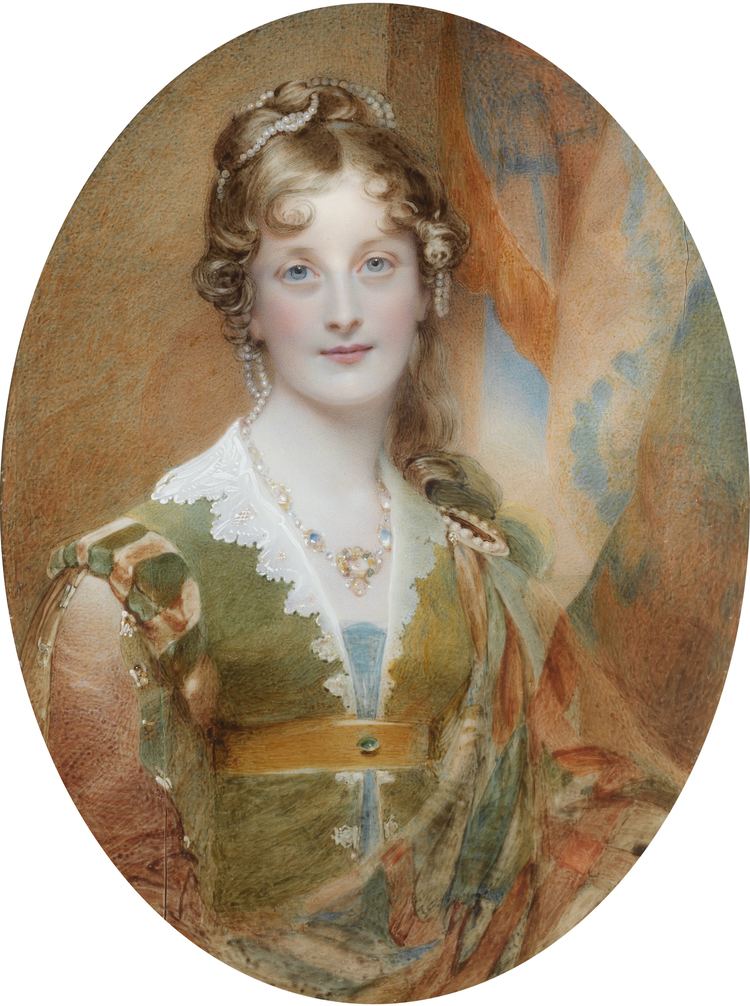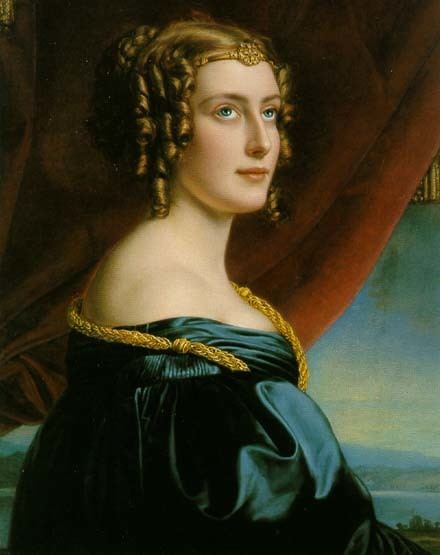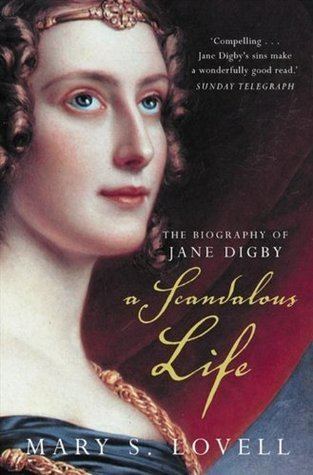Parents Henry Digby | Name Jane Digby Title Lady Ellenborough | |
 | ||
Full Name Jane Elizabeth Digby Spouse Edward Law, 1st Earl of Ellenborough (m. 1824) People also search for Henry Digby, Edward Law, 1st Earl of Ellenborough, Lady Octavia Stewart | ||
Cause of death Fever and Dysentery, | ||
Weird Wonderful Women | Episode 2 - Jane Digby
A Lecture by Dr. Ziad Rajab
Jane Elizabeth Digby, Lady Ellenborough (3 April 1807 – 11 August 1881) was an English aristocrat who lived a life of romantic adventure, spanning decades and two continents. She had four husbands and many lovers, including King Ludwig I of Bavaria, his son King Otto of Greece, statesman Felix Schwarzenberg, and a Greek general (Christodoulos Hatzipetros). She died in Damascus, Syria, as the wife of Arab Sheikh Medjuel el Mezrab, who was 20 years her junior.
Contents
- Weird Wonderful Women Episode 2 Jane Digby
- A Lecture by Dr Ziad Rajab
- Family
- Marriages scandal and affairs
- Life in Syria
- References

Family

Jane Elizabeth Digby was born in Forston House, near Minterne Magna, Dorset on 3 April 1807, daughter of Admiral Henry Digby and Lady Jane Elizabeth née Coke, a renowned beauty and daughter of Thomas Coke, 1st Earl of Leicester. She was often called Jenny, or Aurora, the latter bestowed upon Jane by one of her many admirers. Jane's father seized the Spanish treasure ship Santa Brígida in 1799 and his share of the prize money established the family fortune.
As captain of HMS Africa he participated under Admiral Nelson's command in the Battle of Trafalgar. His estate, Minterne Magna, was inherited. Jane's maternal grandfather was Thomas Coke, 1st Earl of Leicester. Pamela Churchill Harriman was the great-great-niece of Jane Digby. Jane Digby was the 7th (and last) consecutive matrilineal descendant bearing the name "Jane".
Marriages, scandal, and affairs

Considered promiscuous for her times, she was first married to Edward Law, 2nd Baron Ellenborough (later Earl of Ellenborough), who became Governor General of India, on 15 October 1824. At the time of her marriage, Jane was described as tall, with a perfect figure. She had a lovely face, pale-gold hair, wide-spaced dark blue eyes, long dark lashes, and a wild rose complexion. They had one son, Arthur Dudley Law (15 February 1828 – 1 February 1830), who died in infancy.

After affairs with her maternal cousin, Colonel George Anson, and Prince Felix Schwarzenberg, she was divorced from Lord Ellenborough in 1830 by an act of Parliament. This caused considerable scandal at the time. Jane had two children with Felix; Mathilde "Didi" (born 12 November 1829 Basel and raised by Felix's sister) and Felix (born December 1830 Paris) who died just a few weeks after his birth. The affair with Felix ended shortly after the death of their son.

She then moved on to Munich and became the lover of Ludwig I of Bavaria. In Munich, she met Baron Karl von Venningen (6 January 1806 – 10 June 1874). They married in November 1833 and had a son, Heribert (27 January 1833 Palermo-1885 Munich), and a daughter, Bertha (4 September 1834 Mannheim-22 September 1907).
In 1838, Jane found a new lover in the Greek Count Spyridon Theotokis (born 1805). Venningen found out and challenged Theotokis to a duel, in which the latter was wounded. Venningen generously released Jane from the marriage and took care of their children. They remained friends for the rest of their lives.
Though she was not legally divorced from Venningen until 1842, Jane converted to the Greek Orthodox faith and married Theotokis in Marseille in 1841. The couple moved to Greece with their son Leonidas (21 March 1840 Paris-1846 Athens). In 1846, after their son's fatal fall off a balcony, Theotokis and Jane divorced. Greece's King Otto became her next lover.
Next came an affair with a hero of Greek revolution, Thessalian general Christodoulos Chatzipetros, acting as 'queen' of his army, living in caves, riding horses and hunting in the mountains. She walked out on him when he was unfaithful.
Life in Syria
At age forty-six, Jane travelled to the Middle East, and fell in love with Sheik Abdul Medjuel el Mezrab (also known as Sheikh Mijwal Al Mezrab in accounts by contemporary Western travellers in Syria). Medjuel was a sheik of the Mezrab section of the Sba'a, a well-known sub-tribe of the great 'Anizzah tribe of Syria'. However, Abdul Medjuel or Abdul Mijwal (Slave of Medjul dates) is a nonsensical name. Arabic sources give the Shaikh's name as Mijwal al-Musrab. It has also been written that Jane Digby was referred to as Shaikhah Umm al-Laban (literally Shaikhah Mother of Milk, i.e., Milky lady) due to the colour of her skin.
He was twenty years her junior, and the two were married under Muslim law and she took the name Jane Elizabeth Digby el Mezrab. Their marriage was a happy one and lasted until her death twenty-eight years later.
Jane adopted Arab dress and learned Arabic in addition to the other eight languages in which she was fluent. Half of each year was spent in the nomadic style, living in goat-hair tents in the desert, while the rest was enjoyed in a palatial villa that she had built in Damascus.
She spent the rest of her life in that city, where she befriended Richard and Isabel Burton while he was the British consul, and Abd al-Kader al-Jazairi, a prominent exiled leader of the Algerian revolution.
She died of fever and dysentery in Damascus on 11 August 1881, and was buried in the Protestant Cemetery there, where her grave may still be seen today. She was buried with her horse in attendance at the funeral. Upon her footstone – a block of pink limestone from Palmyra – is her name, written in Arabic by Medjuel in charcoal and carved into the stone by a local mason.
After her death her house was rented and the family of the young H. R. P. Dickson rented it. A small part of the house still survives today, still in the ownership of the same family who purchased it from Abdul Medjuel's son in the 1930s.
